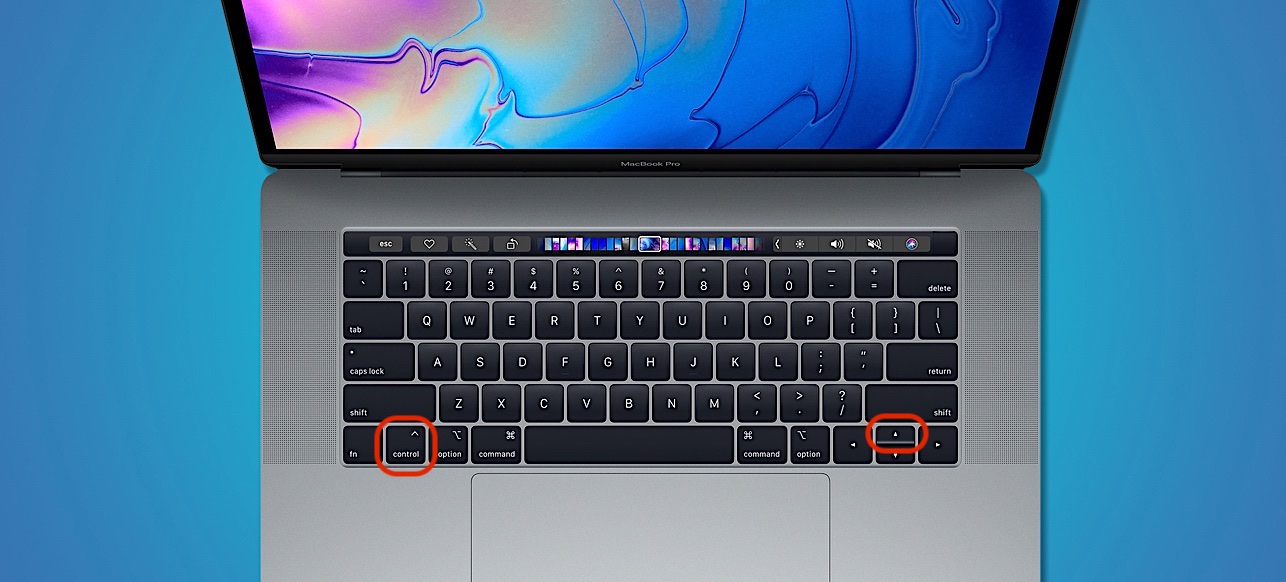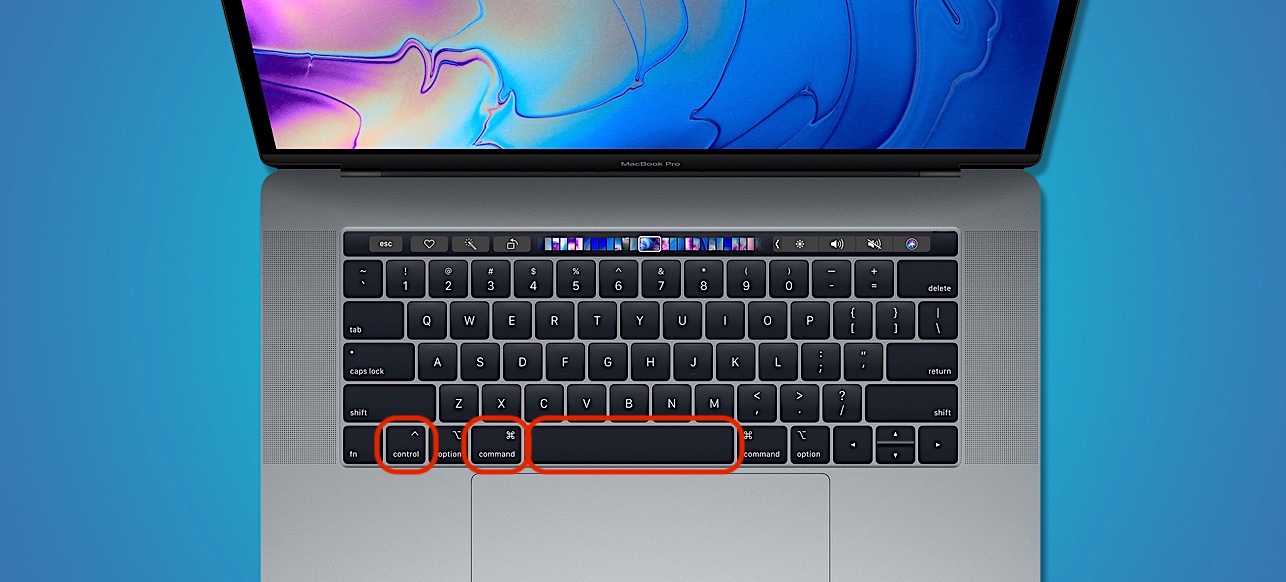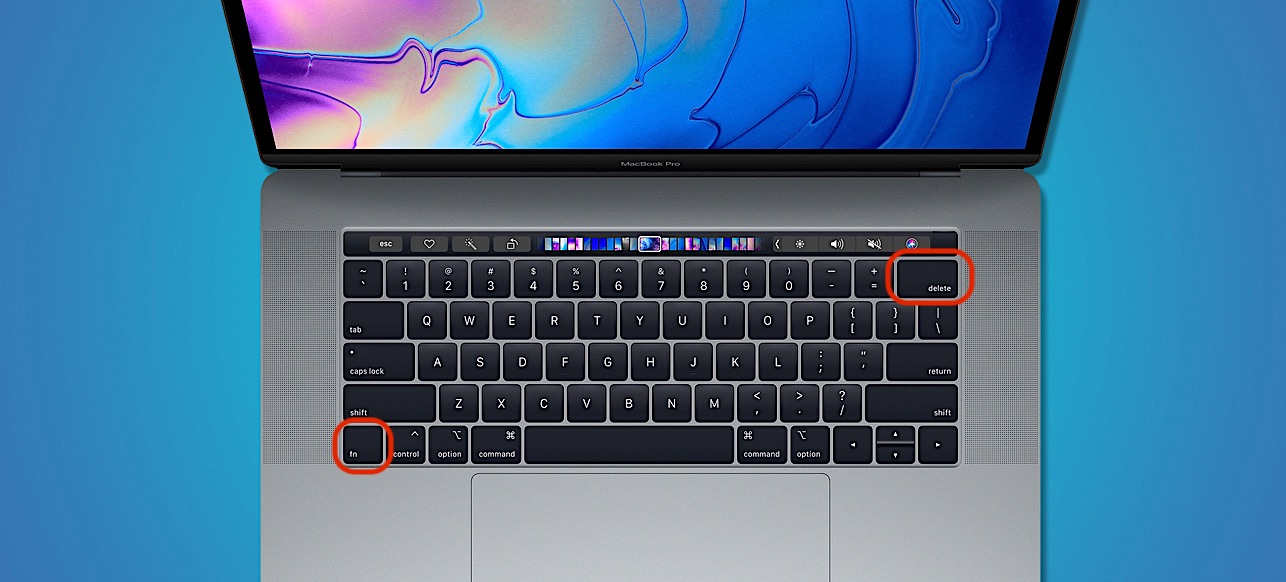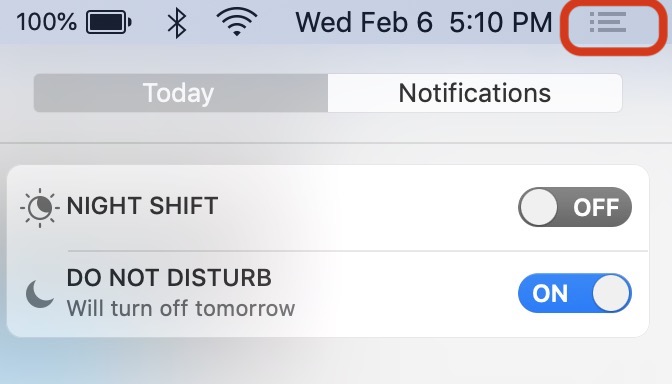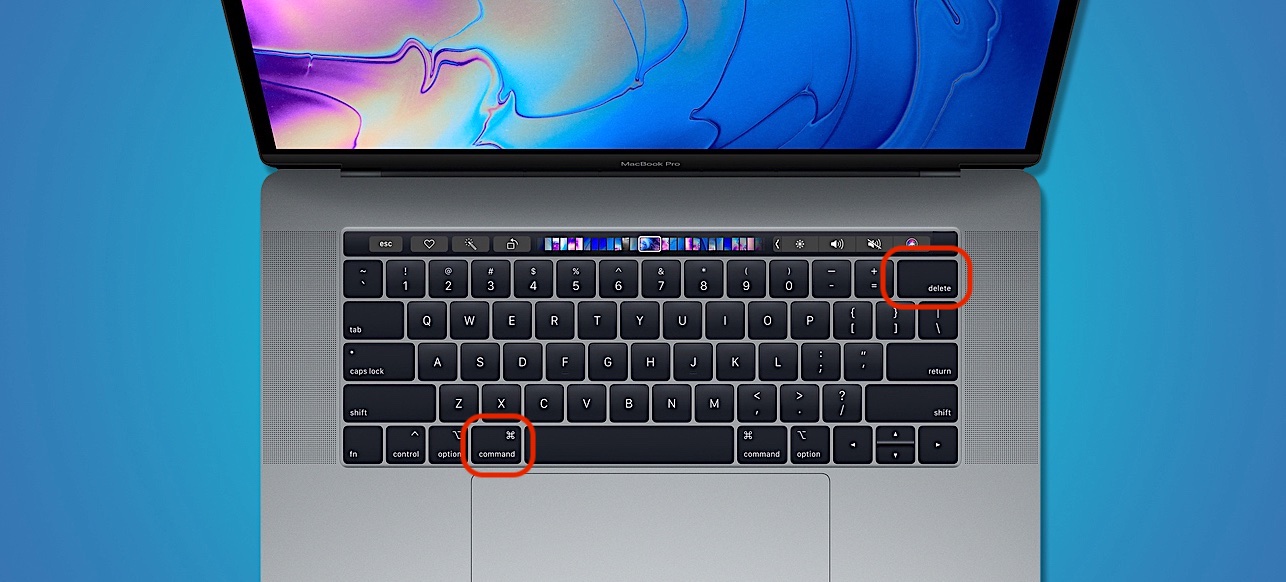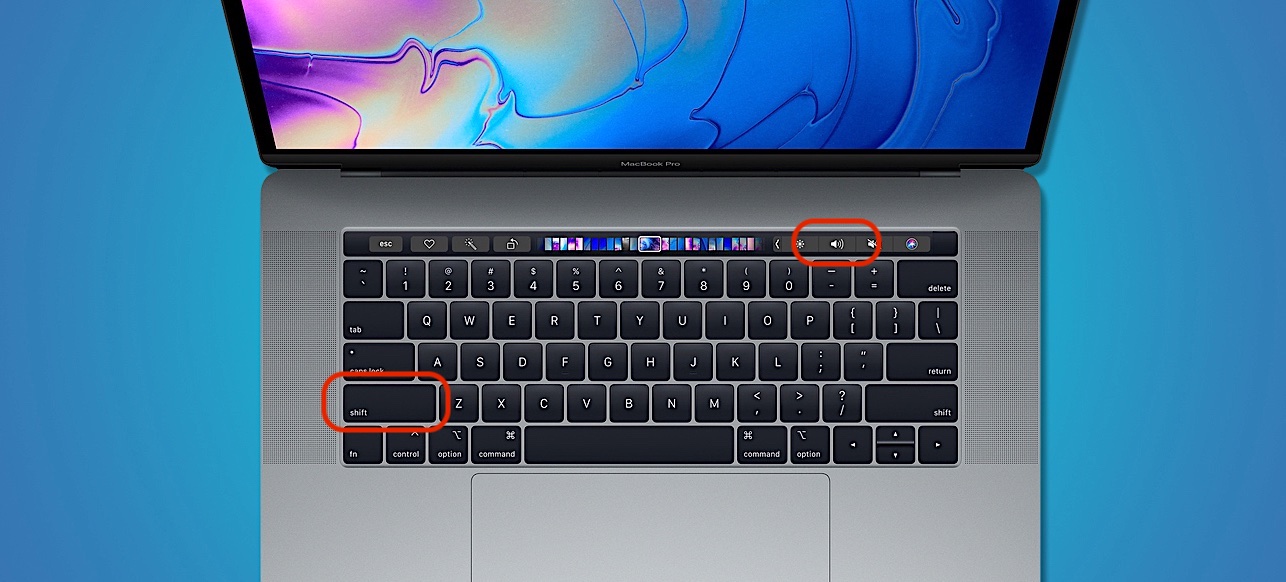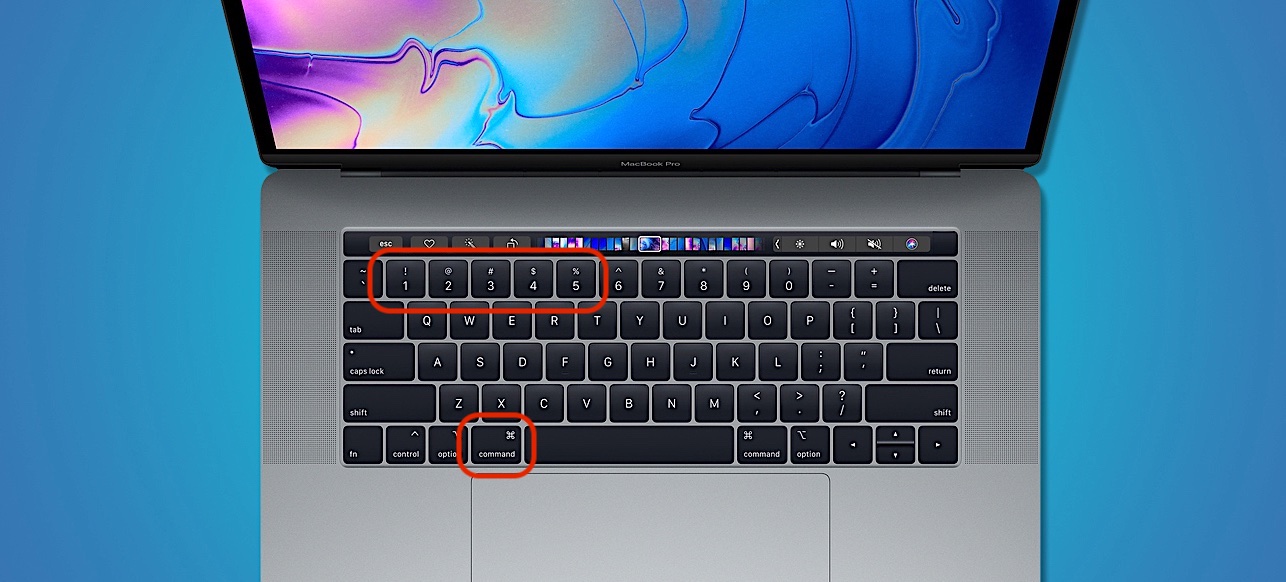11 Useful Mac Keyboard Shortcuts You Didn’t Know About!
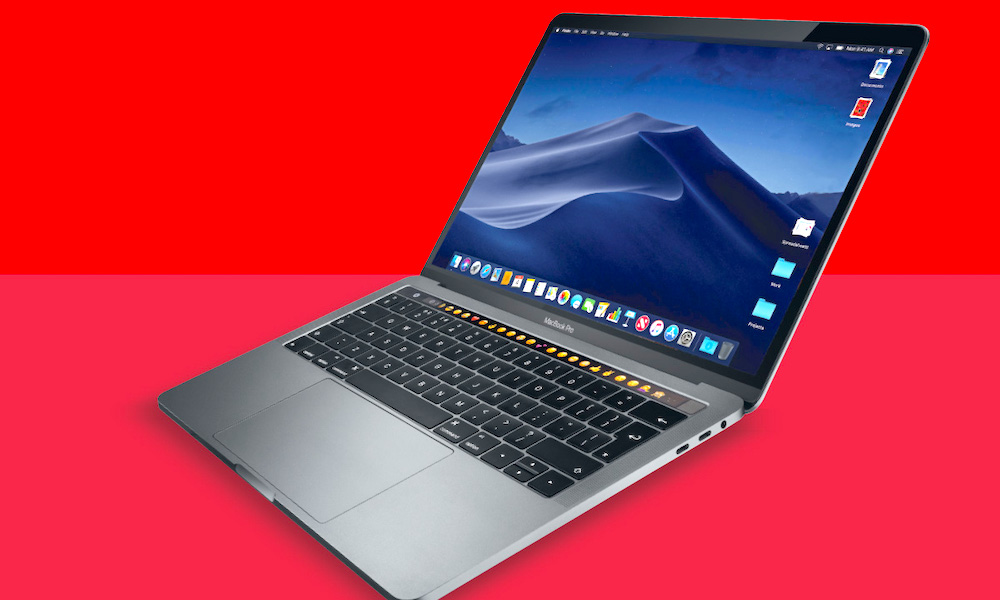 Credit: Stuff.tv
Credit: Stuff.tv
Keyboard shortcuts are magic. They're quicker and more convenient. And while they may only shave off a second or so from any particular task, those seconds can add up. Once you know some handy keyboard shortcuts and use them regularly, it's hard to go back.
If you’re a casual Mac user, you probably already know quite a few of them. But even if you’re a power-user, there are probably some shortcuts that you didn’t know about. Here are some of our favorite little-known Mac shortcuts that can make your life that much easier. Continue reading to learn 11 Useful Mac Keyboard Shortcuts You Didn’t Know About!
Get to Mission Control in a Hurry
The quickest way to see all of your open windows and apps is to use the built-in Mission Control in macOS. With a trackpad, this is easy enough — just swipe up with four fingers.
But even if you don’t have a trackpad, you can quickly access Mission Control with a simple keyboard shortcut. Just press control + up arrow from anywhere in macOS.
Use the Hidden Emoji Keyboard
Sometimes, you just want to add an emoji to a message. On iOS devices, this is simple enough. But you can actually add emoji characters basically anywhere in macOS using a hidden emoji "palette," accessible via keyboard shortcut.
Just make sure your cursor is placed in a text input field — most places where you can type text will work. Then, press Command + Control + Space. Magically, a built-in emoji keyboard will pop up. Just click the emoji character you want to palce it where your cursor is.
Delete Text More Efficiently
If you’ve used a Windows computer before, you may be familiar with the “Delete” button. No, not the backspace — the button that deletes text from left-to-right, rather than right-to-left. On macOS, there’s a shortcut for a similar capability.
Just press fn + delete. This is especially handy if you’ve migrated from Windows and you’re missing the "Delete" button.
Another pro tip: pressing option + delete will backspace one word at a time, rather than one letter.
Enable Do Not Disturb
Constant notifications can quickly derail any focus session or workflow. Enter Apple’s Do Not Disturb mode, which can do wonders for your productivity by silencing incoming notifications.
Do Not Disturb is easily enabled within the macOS Notification Center. But you can also quickly turn on the feature using a keyboard shortcut: Just hold down option and click the Notification Center button in the upper right-hand corner of the top menu bar.
Letter Accents
Whether you’re typing in Spanish or you just want to differentiate rose from rosé, accent marks (also known as diacritical marks) can come in handy. Luckily, there’s an easy keyboard-based method to access them in macOS.
Just press and hold on a letter key on your keyboard. The letter will be typed, but you should also see a popup appear with the various accent options — just click the one you want and macOS will automatically swap the standard character for the accented one.
Easily Select Misspelled Words
Even the most prolific or accurate of writers will misspell words occasionally. And while autocorrect may catch some of them, others will just end up underlined in red. But instead of manually finding them, you can actually use a keyboard shortcut to get to them quickly.
When you’re in a document with misspelled words, just press command + semicolon. This will automatically highlight the first misspelled word. Press the shortcut again and it will cycle through the rest.
Rapidly Delete Items
Deleting a ton of files or media? While you can simply drag those files to the Trash, many users probably opt to right-click and select the Move to Trash option. But there’s an easier way.
Just select the app, file, folder or other items that you want to delete and press Command + Delete. They’ll be sent to the Trash without any extra clicking or dragging motions involved.
Quickly Reopen a Browser Tab
We probably all know the struggle of accidentally closing out of a window or tab when browsing online. Luckily, there’s that handy “reopen closed tab” option baked into most web browsers.
But that option typically requires a right-click and a click on that icon. That’s two clicks wasted, since you can quickly reopen the last closed tab in a browser by pressing Command + Shift + T.
Change Volume Quietly
When you change the volume on some Macs, the machine can make a fairly pleasant audible sound. But that particular sound can be annoying or disruptive in certain scenarios.
That’s likely why there’s a little-known and handy “silent” volume switching option in macOS.
Try it for yourself: just hold shift while you press the volume up or volume down keys. Note that using this shortcut will do the opposite if your Mac doesn’t make a sound when switching the volume.
Change Volume More Precisely
We have another little-related volume shortcut that may just blow your mind. If you’re a Mac user, you’re familiar with the little “bars” that represent volume. One "click" on the volume up or volume down keys translates to one "bar."
But you can actually change your Mac’s volume much more precisely. Just hold down Option + Shift and press one of the volume icons. You’ll see the volume get higher or lower in smaller increments. Basically, you'll be changing the volume by a fraction of a bar.
Note that this trick doesn't appear to work on MacBook Pro devices with OLED Touch Bars, but will work with connected Magic Keyboards.
Cycle Through Browser Tabs
Speaking of browser tabs, it’s pretty commonplace to have a few of them open. (Some of us probably have more than a “few.”) On that note, there’s also a shortcut for quickly accessing those open tabs.
In a browser, just press Command + 1. This will bring you to your first open tab. Pressing Command + 2 will bring you to the second open tab, Command + 3 the third, and so on. This makes instantly switching between open tabs a breeze.

